If you want to know how to make a box and whisker plot, you just need to organize your data, find key values, and sketch the graph. A box and whisker plot shows the distribution of your data by highlighting the minimum, quartiles, median, and maximum. This type of chart helps you spot trends, compare groups, and catch outliers fast. With FineReport, you can create these plots easily and get a clear view of your data. Follow this step by step guide—you’ll have your plot ready in no time.
| Measure | Description |
|---|---|
| Minimum | The smallest value in the dataset. |
| Q1 | The first quartile, indicating the 25th percentile. |
| Median | The middle value, representing the 50th percentile. |
| Q3 | The third quartile, indicating the 75th percentile. |
| Maximum | The largest value in the dataset. |
How to Make a Box and Whisker Plot: Definition
What Is a Box and Whisker Plot?
You might wonder what a box and whisker plot actually shows. In simple terms, a box and whisker plot is a type of graph that helps you see how your data is spread out. The formal box and whisker plot definition, as found in leading statistics textbooks, says that this chart displays five key values: the minimum, first quartile, median, third quartile, and maximum. These values give you a quick snapshot of your dataset’s range and where most of your data points fall.
Here’s what makes up a box and whisker plot:
- The minimum value
- The first quartile (Q1)
- The median (Q2)
- The third quartile (Q3)
- The maximum value
The box part of the plot shows the middle 50% of your data, which is called the interquartile range, or iqr. The lines, or “whiskers,” stretch out to the smallest and largest values that are not considered outliers. If you want to spot outliers, the iqr helps you set the boundaries. Anything outside 1.5 times the iqr from the quartiles is usually marked as an outlier.
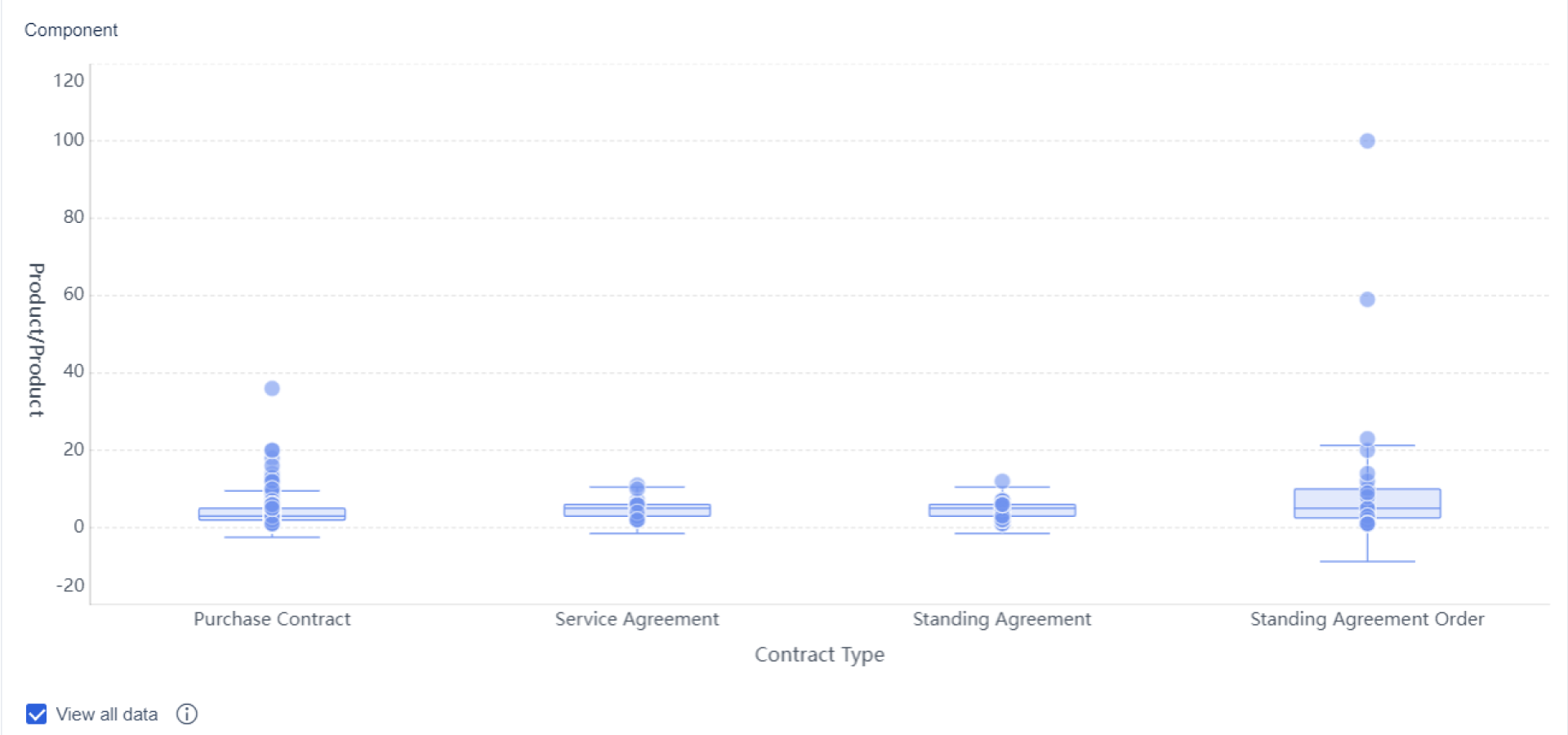
Why Use Box and Whisker Plots?
You use a box and whisker plot when you want to compare data sets or see how your data is distributed. This plot makes it easy to spot outliers, see if your data is skewed, and compare different groups side by side. Unlike a histogram or scatter plot, a box and whisker plot highlights outliers clearly with points outside the whiskers.
| Plot Type | Outlier Detection Method | Effectiveness in Revealing Outliers |
|---|---|---|
| Box Plot | Highlights outliers through whiskers and individual points outside | Very effective, provides a clear visual |
| Histogram | Reveals outliers by showing gaps in the distribution | Moderately effective, depends on bin size |
| Scatter Plot | Indicates outliers as points far from the general trend | Effective for identifying outliers in trends |
If you want to create a box and whisker plot quickly, FineReport offers a drag-and-drop interface that makes visualization simple. You can connect your data, select the box and whisker plot option, and instantly see the iqr, quartiles, and outliers. This saves you time and helps you focus on analyzing your results.
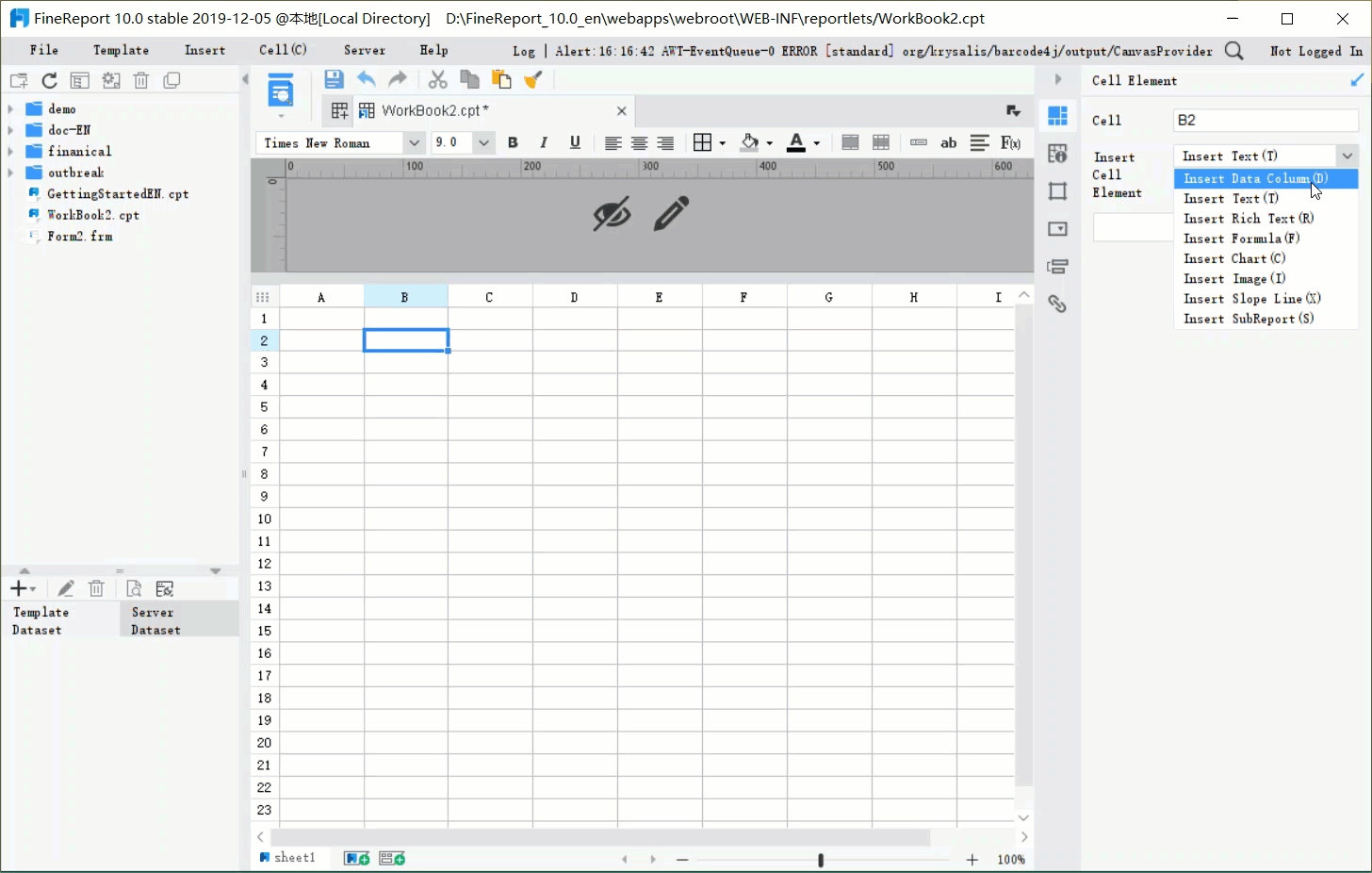
How to Make a Box and Whisker Plot
Ready to learn how to make a box and whisker plot step by step? You’re in the right place. This section breaks down each part of the process so you can create a box and whisker plot with confidence. Whether you’re working on a box and whisker plot worksheet for class or analyzing real-world data, these steps will help you avoid common mistakes and get accurate results.
Arrange Data
First, you need to organize your data. Start by listing all your values in order from smallest to largest. This makes it easier to spot patterns and ensures you don’t miss anything important. If you’re using a box and whisker plot worksheet, double-check that you’ve included every data point. Sorting your data helps you see the distribution and makes the next steps much simpler.
Tip: Always check for duplicate entries or missing values before you move on. Clean data leads to a more reliable box and whisker plot.
Here’s a table showing common errors that can affect your plot’s accuracy:
| Error Type | Description |
|---|---|
| Incorrect Whiskers Representation | Whiskers should extend to the smallest and largest actual data points within the range of Q1–1.5 × IQR and Q3 + 1.5 × IQR, not to theoretical boundaries. |
| Missing Outliers | Data points beyond the whisker range should be marked as outliers; failing to do so can mislead viewers about the dataset's distribution. |
| Misleading Symmetry | The plot may incorrectly imply symmetry; real data often shows skewness, with the median not centered and whiskers of unequal length. |
Find Minimum and Maximum
Now, let’s find the minimum and maximum values. These are the smallest and largest numbers in your dataset. You’ll use them to set the ends of your whiskers. If you’re working through a box and whisker plot worksheet, circle the lowest and highest values after sorting.
| Component | Description |
|---|---|
| Minimum Value | The smallest data value in the dataset. |
| Maximum Value | The largest data value in the dataset. |
| First Quartile (Q1) | The median of the lower half of the dataset. |
| Median (Q2) | The middle value of the dataset. |
| Third Quartile (Q3) | The median of the upper half of the dataset. |
Outliers can change how you see the minimum and maximum. In a box and whisker plot, outliers appear as individual points beyond the whiskers. These points can shift your view of the distribution and central tendency. Sometimes, outliers are just data entry mistakes. Other times, they’re valid but unusual results. They might even reveal something new or interesting in your data.
Calculate Median
Next, you need to find the median. The median is the middle value when your data is sorted. If you have an odd number of values, it’s the one right in the center. If you have an even number, average the two middle numbers. On a box and whisker plot worksheet, draw a line inside the box to show the median.
- The median is defined as the middle value of a dataset when sorted in ascending order.
- It is represented by a horizontal line inside the box of the box and whisker plot.
The position of the median tells you about the distribution. If it’s closer to Q1, your data has more lower values. If it’s centered, the distribution is likely symmetrical. If it’s closer to Q3, you have more higher values.
| Median Position | Interpretation |
|---|---|
| Closer to Q1 | Positively skewed (more lower values) |
| Centered | Likely symmetrical |
| Closer to Q3 | Negatively skewed (more higher values) |
Find Quartiles
Quartiles split your data into four equal parts. You’ll need Q1 (the first quartile), Q2 (the median), and Q3 (the third quartile). Here’s how to find them:
- Order the data from least to greatest.
- Identify the median of the dataset.
- Divide the dataset into two halves using the median.
- Calculate the lower quartile (Q1) as the median of the first half.
- Calculate the upper quartile (Q3) as the median of the second half.
Quartiles help you see the spread and skewness in your box and whisker plot. The interquartile range, or iqr, covers the middle 50% of your data. If the box is wider on one side, your data is skewed in that direction. The iqr is key for spotting outliers and understanding the distribution.
- Quartiles provide a clear representation of data spread and skewness in box plots.
- The interquartile range (IQR) shows the middle 50% of the data, indicating the spread.
- The positions of Q1, Q2, and Q3 help identify skewness; a wider box on one side suggests skewness in that direction.
- The box represents the interquartile range (IQR), covering the middle 50% of the data from Q1 to Q3.
- The median (Q2) divides the data into two halves, providing insight into central tendency.
- Whiskers extend to the minimum and maximum values, helping visualize the overall spread of the data.
Draw the Box and Whiskers
You’re ready to draw your box and whisker plot. Start by sketching a box from Q1 to Q3. Draw a line inside the box for the median. Extend whiskers from the box to the minimum and maximum values that fall within the range of Q1–1.5 × iqr and Q3 + 1.5 × iqr. Mark any outliers as individual points outside the whiskers. If you’re using a box and whisker plot worksheet, label each part clearly.
- Sorting values in a box plot enhances audience comprehension by making it easier to interpret data and identify patterns.
- The x-axis should not be placed arbitrarily; it should be positioned meaningfully to provide context and clarity to the data.
When you use FineReport’s drag-and-drop report designer, you can create a box and whisker plot in just a few clicks. The software automatically calculates the iqr, quartiles, and outliers, so you don’t have to do the math by hand. You can focus on analyzing the distribution and spotting trends. FineReport also helps you avoid common visualization errors, like using box plots for small datasets or categorical data, or overloading your plot with too many categories.
- Don’t use box plots for small datasets; they can confuse the reader.
- Don’t use box plots to show exact data points; they summarize data and hide individual points.
- Don’t use them for categorical data; they are meant for continuous, numerical data.
- Don’t forget to check for data skewness; highly skewed data can distort the perception of distribution.
- Don’t overload the box plot with too many categories; it makes the diagram difficult to read.
If you follow this step by step process, you’ll know how to make a box and whisker plot that’s accurate and easy to read. Try using a box and whisker plot worksheet for practice, and explore FineReport for a faster, more reliable way to visualize your data.
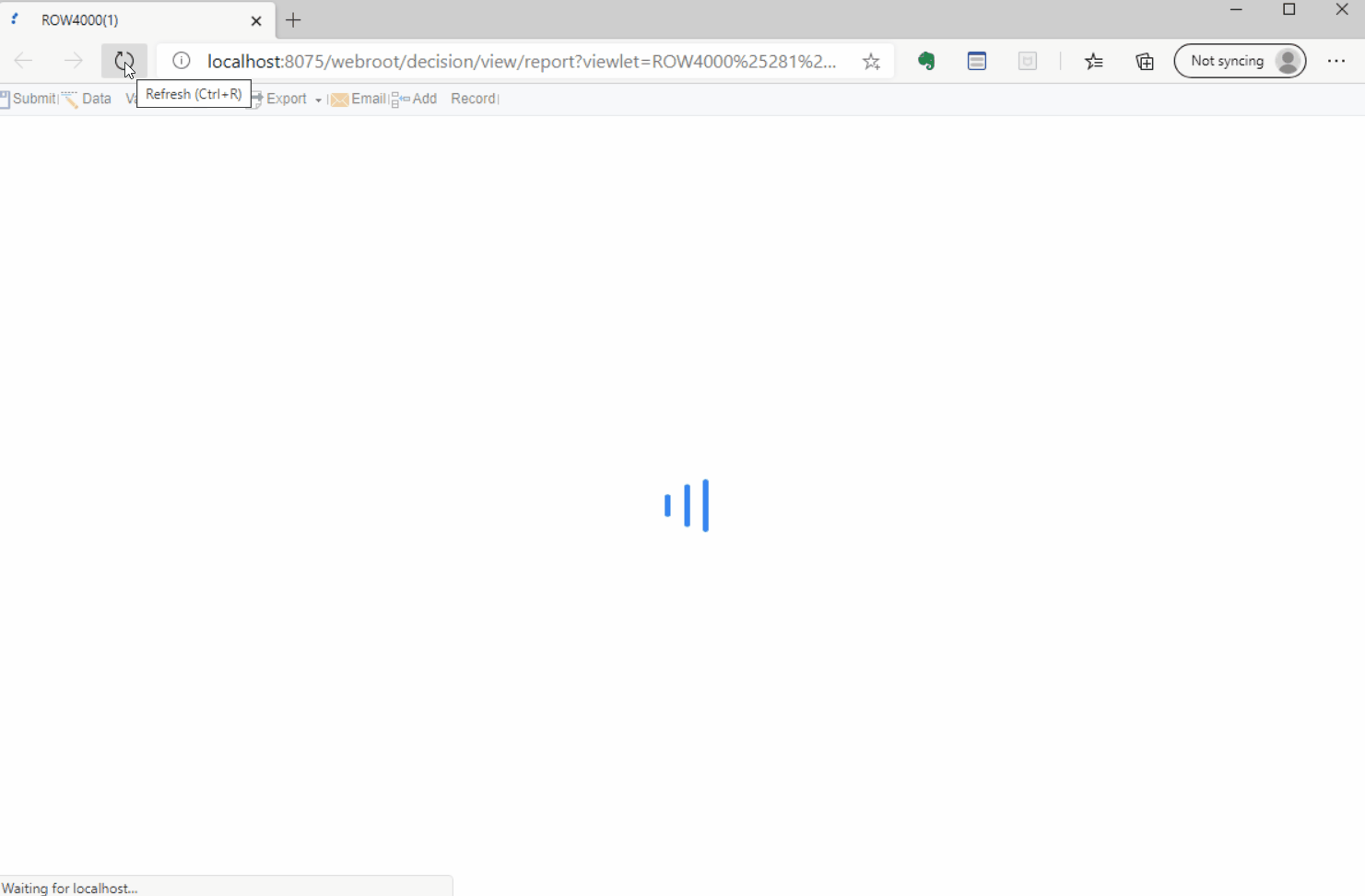
How to Make a Box and Whisker Plot with FineReport
Using FineReport for Visualization
You want to create a box and whisker plot without spending hours on manual calculations. FineReport makes this process simple. The interface feels familiar if you have used Excel before. You can connect to almost any data source, drag your data into the workspace, and FineReport will help you visualize the iqr, quartiles, and outliers automatically. You do not need to write code or worry about complex formulas.
Let’s compare FineReport with other popular tools:
| Feature | FineReport | Tableau / Power BI |
|---|---|---|
| User Interface | User-friendly, resembles Excel | User-friendly, advanced features |
| Drag-and-Drop Functionality | Yes | Yes |
| No-Code Development | Yes | Yes |
| Chart Recommendation Feature | No | Yes |
| Real-Time Collaboration | No | Yes |
| Integration Capabilities | Limited | Extensive |
| Complexity of Reports | Easy to create complex reports | More complex but powerful |
| Data Analysis Convenience | Inconvenient for multiple analyses | Convenient for multiple analyses |
FineReport stands out when you want to create a box and whisker plot for a single dataset or a few groups. The drag-and-drop designer lets you focus on the iqr and the overall distribution, not the technical details. You can customize your dashboard, add filters, and update your plots with new data in seconds.Quality Control in Manufacturing
Box and whisker plots play a big role in manufacturing quality control. You can use them to track defect rates, spot outliers, and compare production lines. For example, if you want to see how defect rates change over time, a box and whisker plot shows the iqr and highlights any unusual spikes. This helps you find problems before they get bigger.
Here’s how these plots help in real-world manufacturing:
- Box and whisker plots summarize the distribution of defect rates, making trends easy to spot.
- Outliers stand out, so you can investigate machines or shifts that need attention.
- Comparing box and whisker plots for different lines or products reveals differences in performance.
For example, you might see one production line with a much wider iqr than others. This tells you there is more variation and possibly more risk. You can use FineReport’s dashboard features to display multiple box and whisker plots side by side. This makes it easy to compare, share, and act on your findings.
FineReport's dashboards let you monitor key metrics in real time. You can set up alerts for outliers or sudden changes in the iqr. With these tools, you stay ahead of quality issues and keep your processes running smoothly.
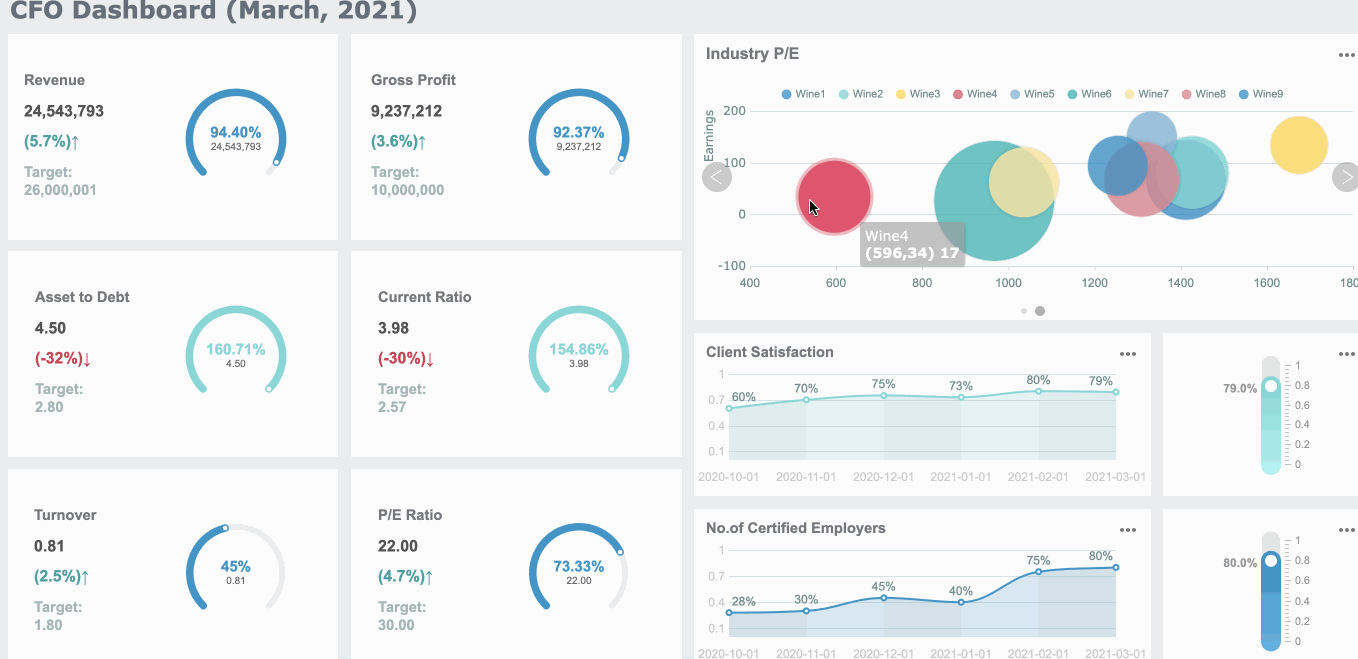
How to Make a Box and Whisker Plot: Tips
Common Mistakes
When you create a box and whisker plot, you want your results to be clear and accurate. Many people run into the same box and whisker plot problems, but you can avoid them with a few simple tips:
- Always label your x and y-axes and add a title. This gives viewers context and helps them understand what your plot shows.
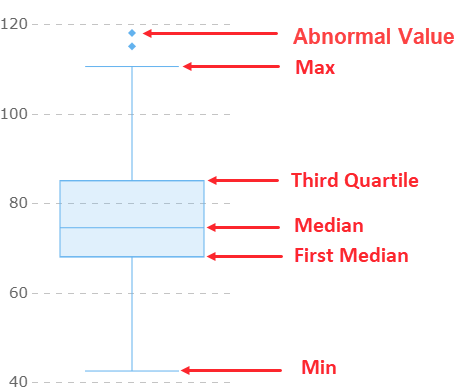
- Keep your plot clean. Don’t add extra grid lines or unnecessary data points. Too much clutter can distract from the main message.
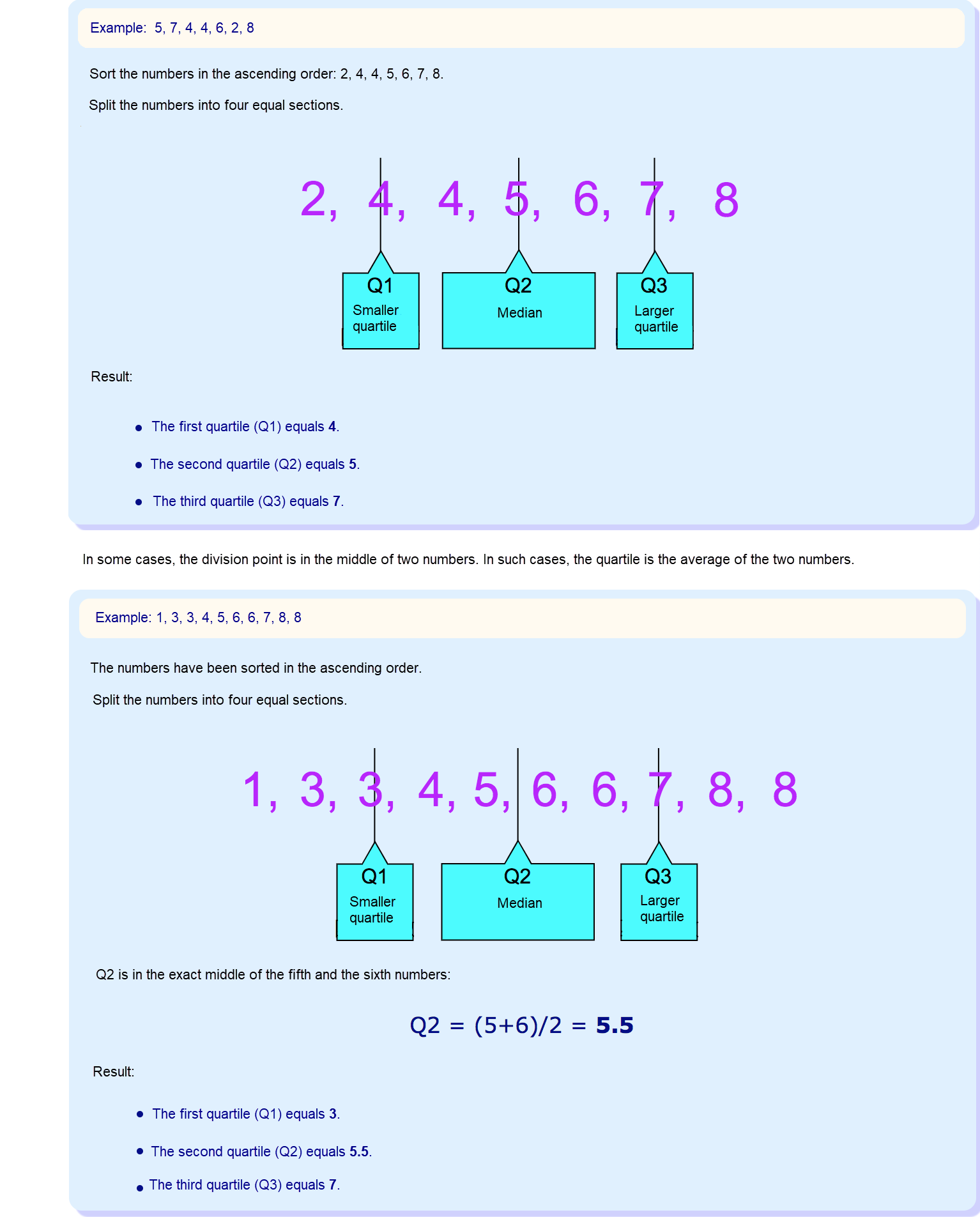
- Only include box and whisker plot outliers if they are true outliers, not just extreme values. Take time to understand your data’s nature before deciding what to show.

- Use consistent scales on the x-axis when comparing multiple plots. This makes it easier to compare the box and whisker plot range and distribution across different groups.
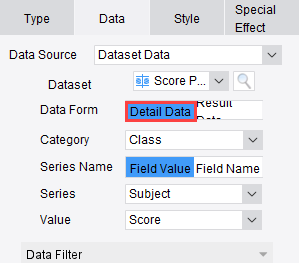
- Watch out for misinterpretation. Even experts sometimes misread box plots, especially if they rely on the area of the box instead of the actual values. Stay focused on the quartiles and medians.
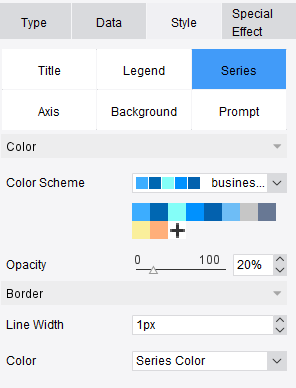
Tip: Before you share your plot, double-check for these common mistakes. A well-made box and whisker plot helps everyone see the story in your data.
Practice Ideas
You can improve your skills by practicing with real examples. Try these ideas to get started:
- Use sample datasets from your math or science class. Create a box and whisker plot for each set and compare the results.
- Look for online datasets, like sports scores or weather data. Practice finding the quartiles, median, and box and whisker plot range.
- Challenge yourself with box and whisker plot problems that include outliers. Decide if those outliers belong in your plot or if they are just unusual values.
- In FineReport, import your own data and use the drag-and-drop designer to build plots quickly. Experiment with different examples to see how the distribution changes.
- When you compare multiple plots, pay attention to the scale and the spread. This helps you spot trends and differences between groups.
Practicing with a variety of examples will help you master how to make a box and whisker plot. The more you work with real data, the easier it becomes to spot patterns and avoid mistakes.
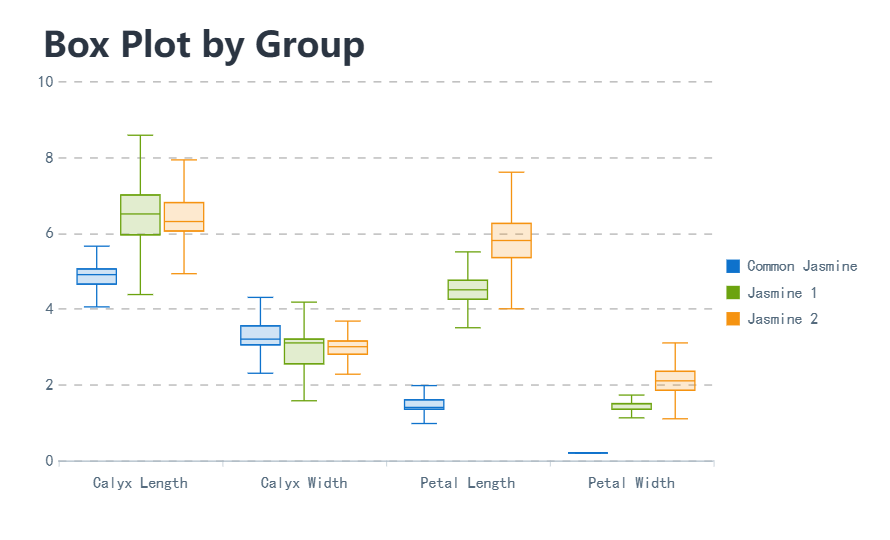
You now know how to make a box and whisker plot step by step. Here’s a quick checklist to keep your plots accurate:
- Check that your whiskers aren’t misleading.
- Make sure your plot tells a clear story.
- Think about your audience’s understanding.
Follow these steps:
- Arrange your data from least to greatest.
- Find the highest and lowest values.
- Identify the median.
- Split the data at the median to find quartiles.
- Draw your box and whiskers.
Use FineReport to visualize your data quickly. Try box and whisker plots for quality control or any scenario where spotting outliers and trends matters.
Continue Reading About How to Make a Box and Whisker Plot
Bar Chart Race: A Complete Guide
16 Types of Chart for Effective Data Visualization
22 Different Types of Graphs in Data Visualization: A Practical Guide
FAQ

The Author
Lewis
Senior Data Analyst at FanRuan
Related Articles

What is a Demand Graph and How Does It Work in Economics
A demand graph shows how price changes affect quantity demanded, helping you analyze consumer behavior and market trends in economics.
Lewis
Nov 16, 2025

No Correlation in Scatter Plots Explained with Real Examples
See real-world no correlation scatter plot examples and learn how to spot unrelated variables in your data for better analysis and decisions.
Lewis
Oct 29, 2025

Chart vs Graph Explained For Everyday Users
Chart vs graph: Charts organize and compare categories, while graphs show relationships and trends. Choose the right visual for clear data insights.
Lewis
Oct 14, 2025




